Selected Works
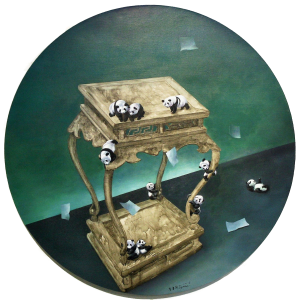
Falling Pages,
Oil on Canvas , 55 dia. inch
ID #110664
INQUIRE
Breeze,
Oil on Canvas , 55 dia. inch
ID #110665
INQUIRE
Creativity,
Oil on Canvas , 55 dia. inch
ID #110662
INQUIRE
Soaring Colors,
Oil on Canvas , 55 dia. inch
ID #110661
INQUIRE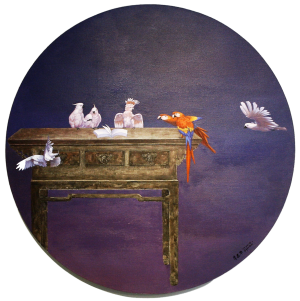
New Comers,
Oil on Canvas , 55 dia. inch
ID #110659
INQUIRE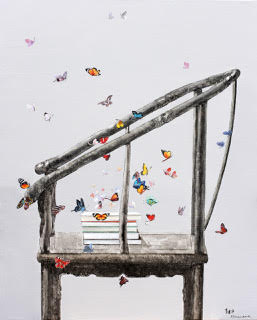
Light Reading I,
Oil on Canvas , 60 x 48 inch
ID #110547
INQUIRE
Light Reading II,
Oil on Canvas , 60 x 48 inch
ID #110546
INQUIRE
Beyond the Clouds of Love,
Oil on Canvas , 55 x 48 inch
ID #110543
INQUIRELi Jianhua was born in 1979 in China, where he currently resides today. His work is a blend of both his current world and the past, as well as his conscious and subconscious; In this space, is where Li Jianhua’s work truly emerges. Li Jianhua’s series ‘Shu Xiang Men Di’, was in the preliminary stages for several years until colleagues and close friends pushed him into completing the series. In these works, he used his brushes to illustrate his thoughts, without digging deeper into what those images stood for. These paintings ended up illustrating the perfect combination of historical cultural background and civilized symbols.
About the series, Li Jianhua stated: “It’s essential that the more and the deeper I can interpret from my creations, the better my audience can connect with them. There may be a possibility that my interpretation is still limited, however, I believe people’s wisdom is limitless. Each individual will understand this series differently, what they interpret and decipher will vary from one another according to their diverse backgrounds.” The antique furniture represents power, profession, social level and right of speech. Li Jianhua use of traditional liner, commonly used in Chinese paintings, to solidify the furniture’s structure. Then he provides contrast to this by rendering in water and ink, which strengthened the furniture’s history and ancestry. The books, brushes inks and other items on the tables and chairs represent the thirst for knowledge of Ancient Chinese People who were well educated. These items also indicate the thirst for knowledge of people today and a deeper thinking of the current education system in China. Furthermore, it also unveils the common beliefs in society at that time. Which was impacted under the imperial examination system, to think that, “to be a scholar is to be the top of society”.
The animals in the pictures, which consists of a parrot, pigeon, panda, golden fish and butterfly, are symbolic elements that make the image more vivid. They reinforce the visual impression. Those animals are in various acts, just as if they are talking with the antique furniture which is a symbol of history. It conveys what people are like in their lives: being an audience, going with the flow, confused, content, or disappointed. At the same time, it indicates the eager of peace and freedom that spreads from a person’s deep inside, and the despite of hegemony and autarchy.
Li Jianhua’s series with the little golden man brings up an entirely new set of thought provoking imagery. The little man’s war with the well and truly living establishment makes for a fascinating comparison in the modern art of the two cultures – the Israeli and the Chinese. Ephraim Kishon, the internationally renowned Israeli artist, who contributed greatly to satire, theatre, and the literature of absurdity, created the mythical character of ‘Israelchik’ – a child wearing a tembel hat, an Israeli national symbol commonly worn by Jews in the beginning of the 20th century. Through this character Kishon conveyed his opinions and open criticism. This typically Israeli character became a culturally invaluable asset in Israeli art, a source of identity and local patriotism for the public. Much like the golden man, the ‘Israelchik’ brings up issues of dealing with existence, and a desire to defeat wrongdoings and absurdity. The political and social nature, the multi-colors of the mythical warrior fighting the establishment, are symbols that repeat themselves in every culture.
VIDEO
ART FAIRS

CONTEXT Art Miami | 2019
Dec 3 - 8, 2019

CONTEXT Art Miami | 2018
Dec 4 - 9, 2018

Affordable Art Fair NY | 2017
Sep 13 - 17, 2017

Art New York | 2016
May 3 - 8, 2016
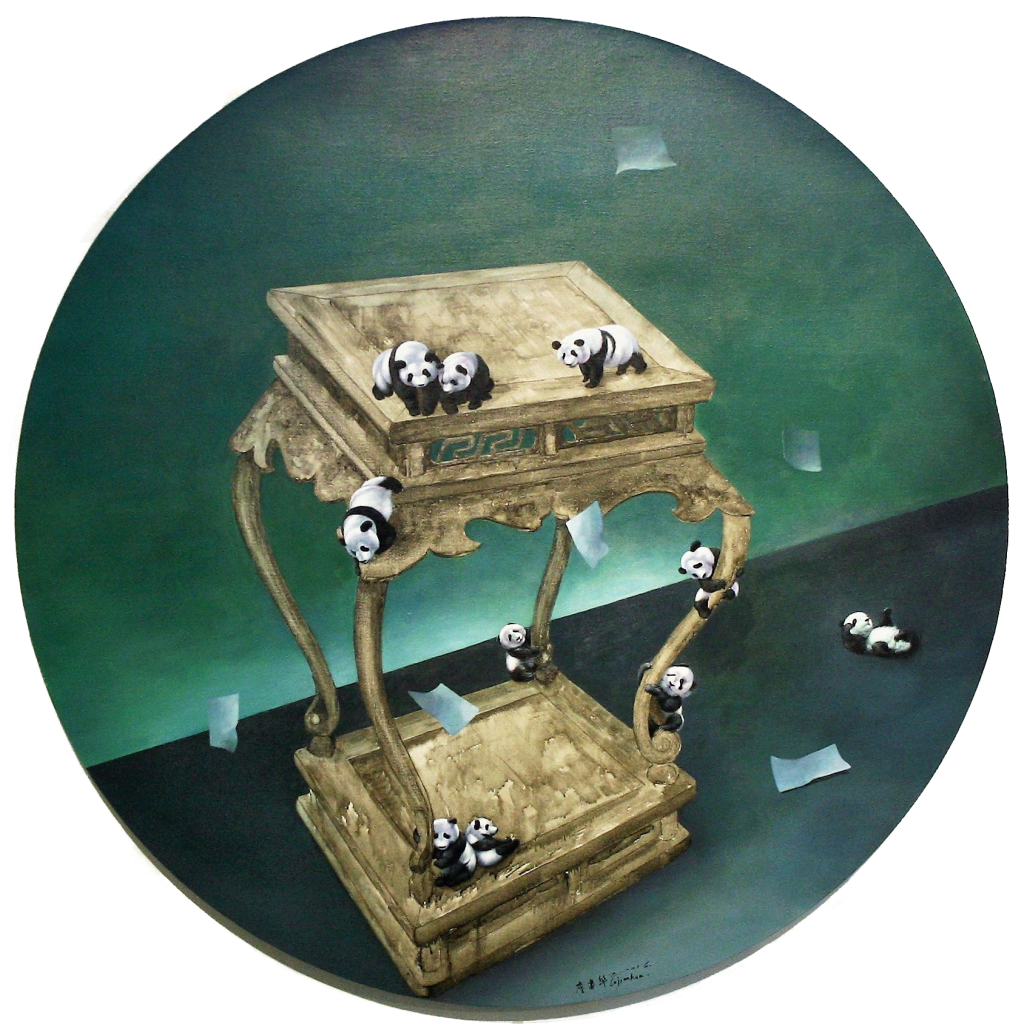
Li Jianhua, Falling Pages,
Oil on Canvas , 55 dia. x inch

Li Jianhua, Breeze,
Oil on Canvas , 55 dia. x inch
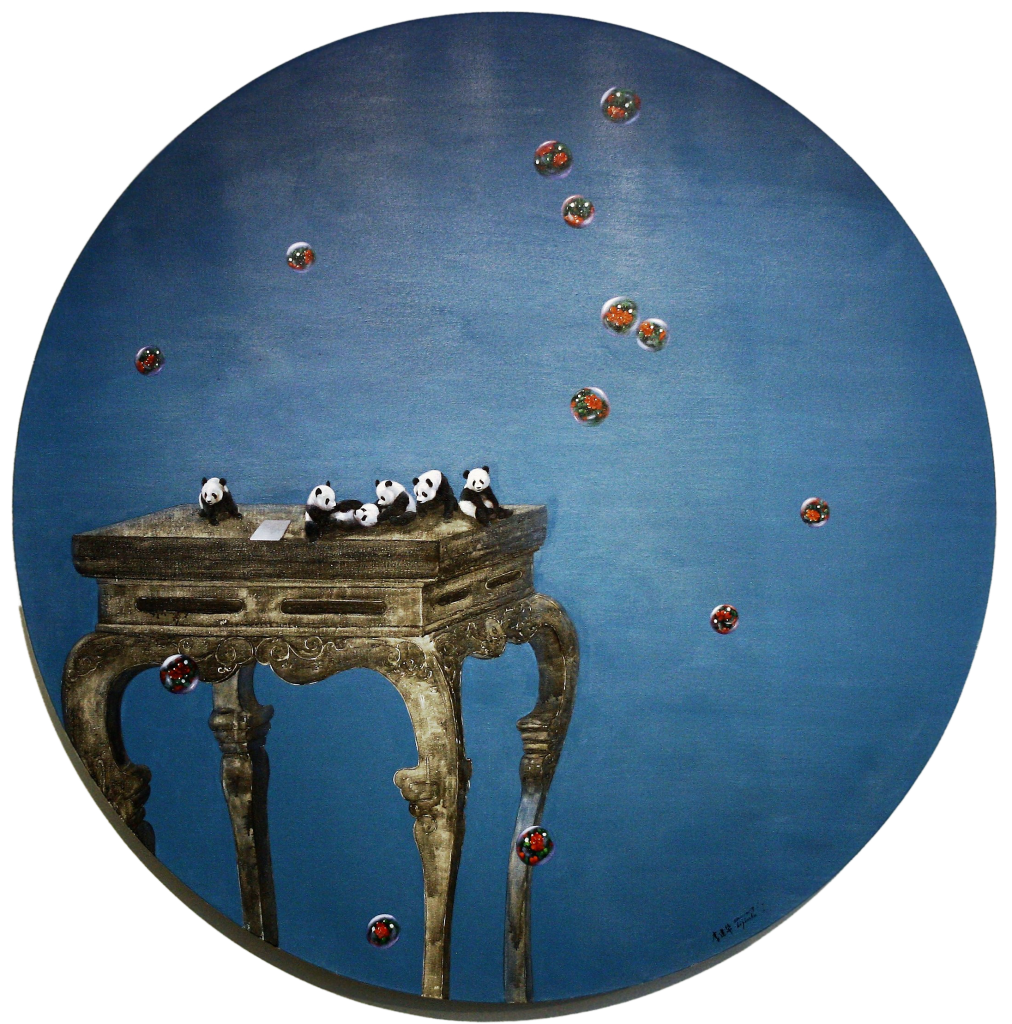
Li Jianhua, Creativity,
Oil on Canvas , 55 dia. x inch

Li Jianhua, Soaring Colors,
Oil on Canvas , 55 dia. x inch
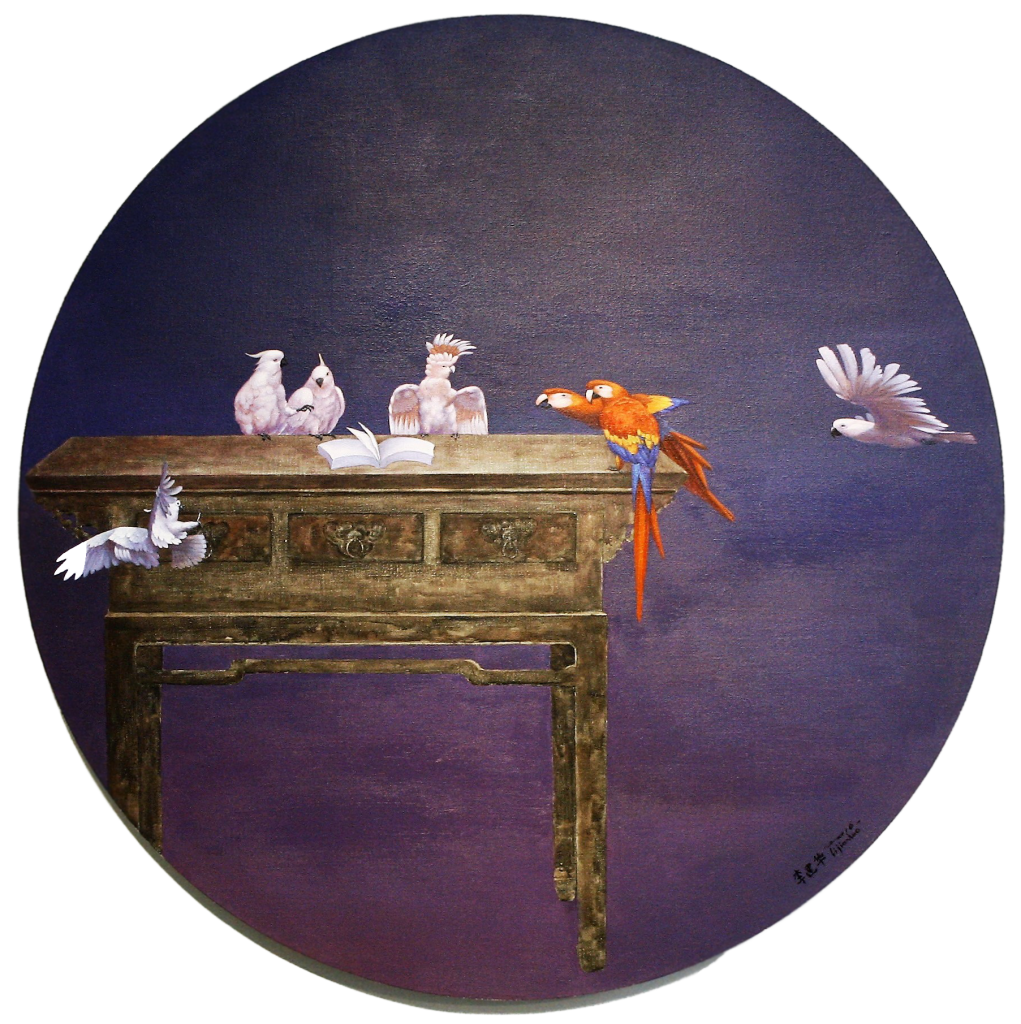
Li Jianhua, New Comers,
Oil on Canvas , 55 dia. x inch

Li Jianhua, Light Reading I,
Oil on Canvas , 60 x 48 inch

Li Jianhua, Light Reading II,
Oil on Canvas , 60 x 48 inch
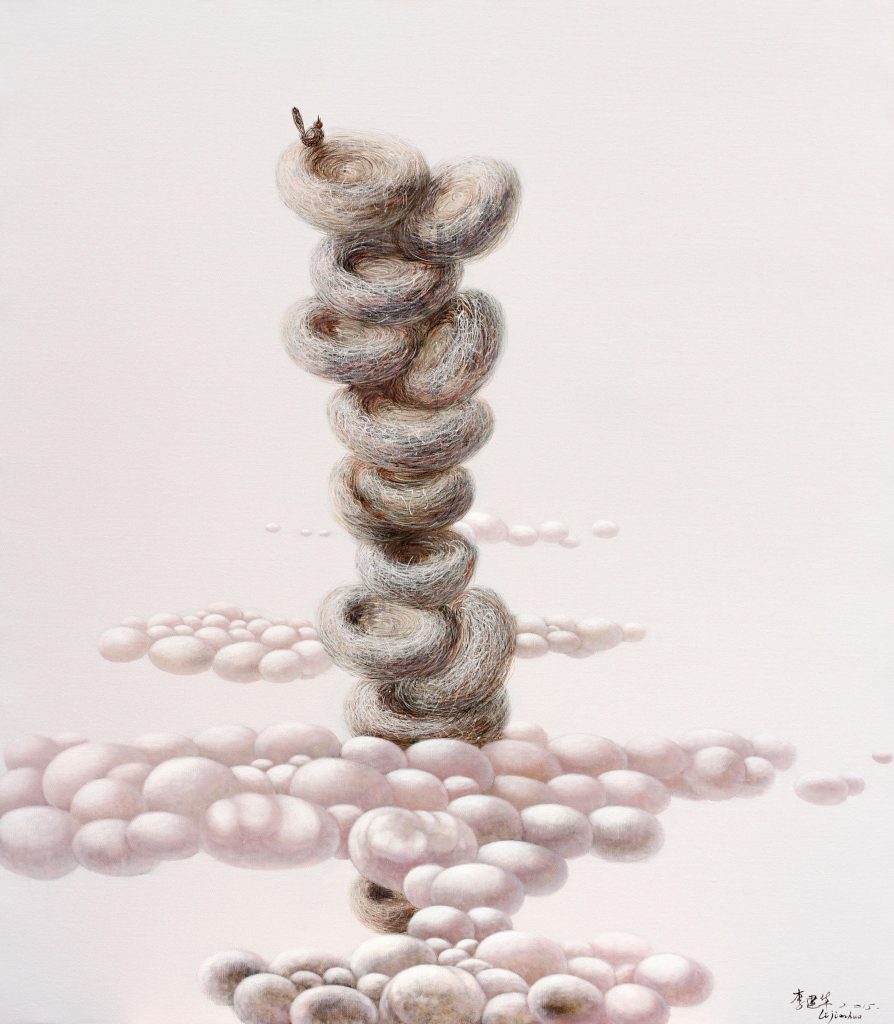
Li Jianhua, Beyond the Clouds of Love,
Oil on Canvas , 55 x 48 inch